When it comes to lower body strength training, the debate between the leg press vs squat is a common one. Both exercises are staples in leg day routines, but they differ significantly in terms of mechanics, muscle engagement, and weight ratios. Understanding the leg press to squat weight ratio, as well as the difference between leg press and squats, can help you optimize your training for strength, hypertrophy, and overall performance.
Leg Press vs Squat: Key Differences
The leg press machine vs squat weight comparison often arises because the leg press allows you to move significantly heavier loads than squats. This is primarily due to the reduced stabilization requirements and the absence of axial loading on the spine. While a lifter might leg press 500 pounds, their squat max could be significantly lower, often in the range of 1:1.5 to 1:2 (leg press to squat ratio). For example, if you can leg press 600 pounds, you might squat around 300-400 pounds.
The leg press and squat difference lies in the movement patterns and muscle activation. Squats are a compound, free-weight exercise that engages the entire lower body, including the quads, hamstrings, glutes, and core. In contrast, the leg press primarily targets the quads, with less involvement from stabilizers and posterior chain muscles.
Is Leg Press a Good Alternative to Squats?
The question of whether the leg press is a good alternative to squats depends on your goals. If you're rehabilitating an injury, lack the mobility to squat, or want to isolate the quads, the leg press can be an effective tool. However, it cannot fully replace squats, as it lacks the functional and core-strengthening benefits of the squat.
For those focusing on hypertrophy, both exercises have their place. The squats vs leg press for hypertrophy debate often concludes that squats are superior for overall muscle growth due to their compound nature. However, the leg press can be an excellent accessory exercise to overload the quads without the systemic fatigue associated with heavy squats.
Hip Sled vs Squat: Which is Better?
The hip sled vs squat comparison is similar to the leg press vs squat discussion. The hip sled, a variation of the leg press, allows for heavy loading and is often used for building quad strength. However, like the leg press, it lacks the functional carryover and full-body engagement of squats.
Linear Hack Squat vs Leg Press
The linear hack squat vs leg press debate often centers on muscle activation and range of motion. The hack squat machine mimics the squat pattern more closely than the leg press, with greater emphasis on the glutes and hamstrings. However, both machines allow for heavy loading and are useful for hypertrophy-focused training.
Leg Press for Squat Strength
Using the leg press for squat strength can be beneficial, especially for lifters looking to build quad strength without the technical demands of squats. However, it should not replace squats entirely, as it does not improve core stability or posterior chain strength, both of which are critical for squat performance.
Leg Press to Deadlift Ratio
The leg press to deadlift ratio is less commonly discussed but can provide insights into lower body strength imbalances. Typically, the leg press weight will be significantly higher than deadlift numbers due to the reduced involvement of the posterior chain and lower back. A strong leg press with a weak deadlift may indicate underdeveloped hamstrings, glutes, or lower back muscles.
Which is Better: Leg Press or Squats?
The answer to which is better, leg press or squats, depends on your goals. For overall strength, functional fitness, and core development, squats are the clear winner. However, the leg press is an excellent tool for isolating the quads, accommodating injuries, or supplementing squat training.
Conclusion
Both the leg press and squats have unique benefits and applications in a well-rounded training program. Understanding the leg press to squat weight ratio and the difference between leg press and squats can help you make informed decisions about your training. Whether you're focusing on hypertrophy, strength, or rehabilitation, incorporating both exercises can lead to balanced lower body development and improved performance.

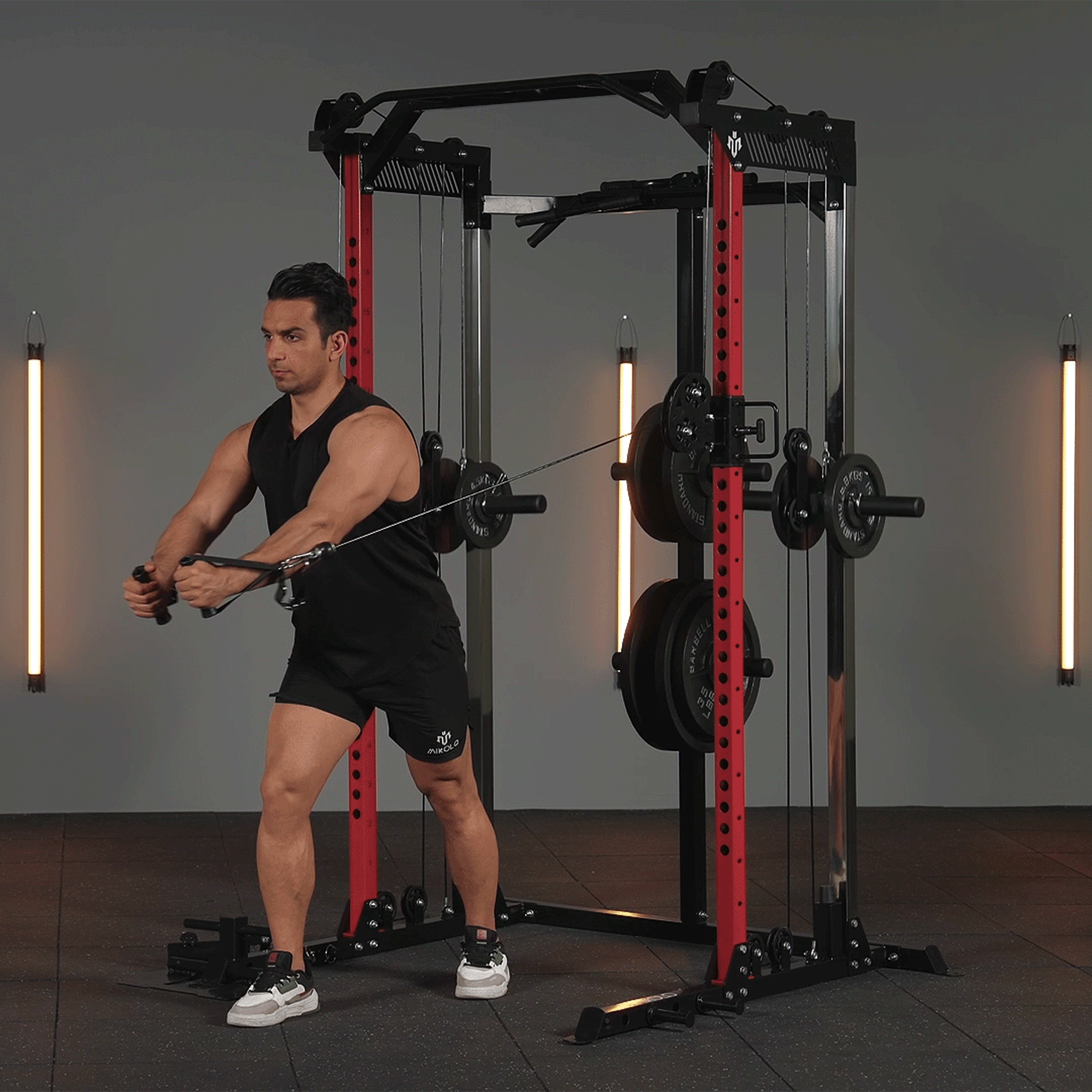









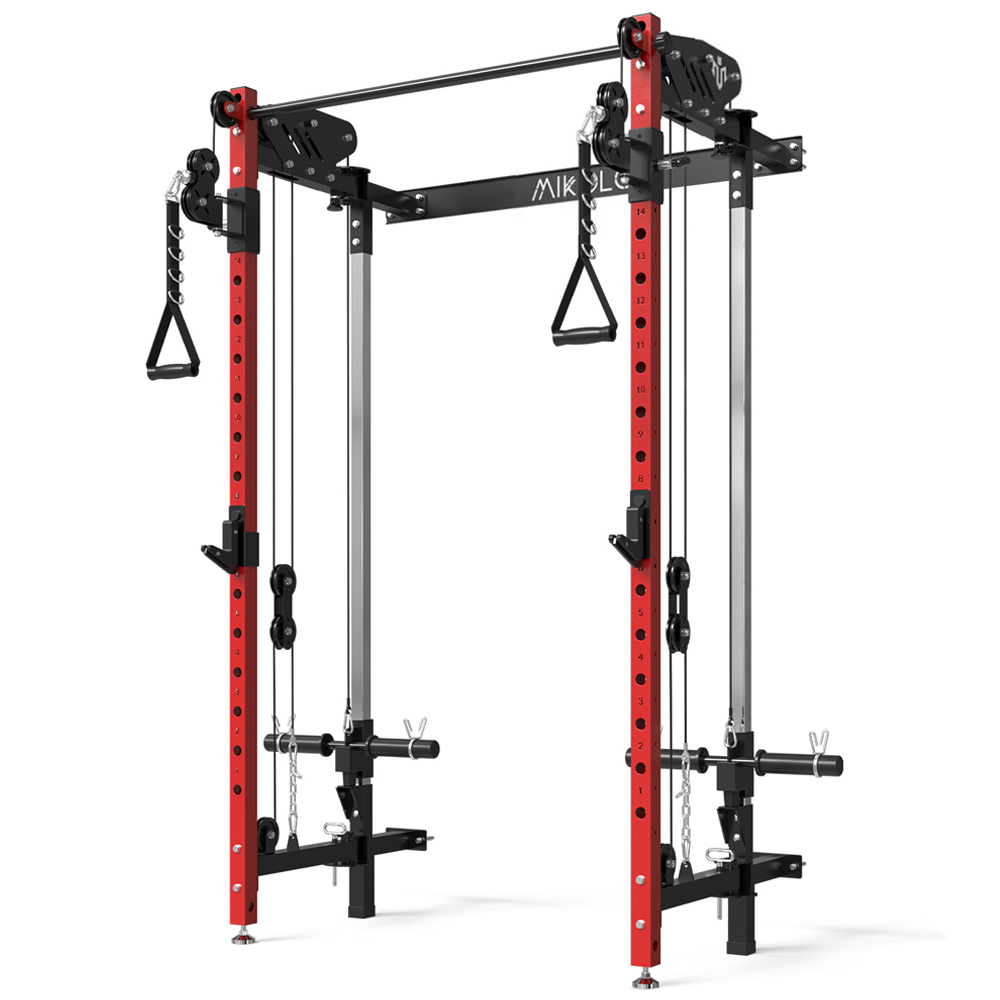
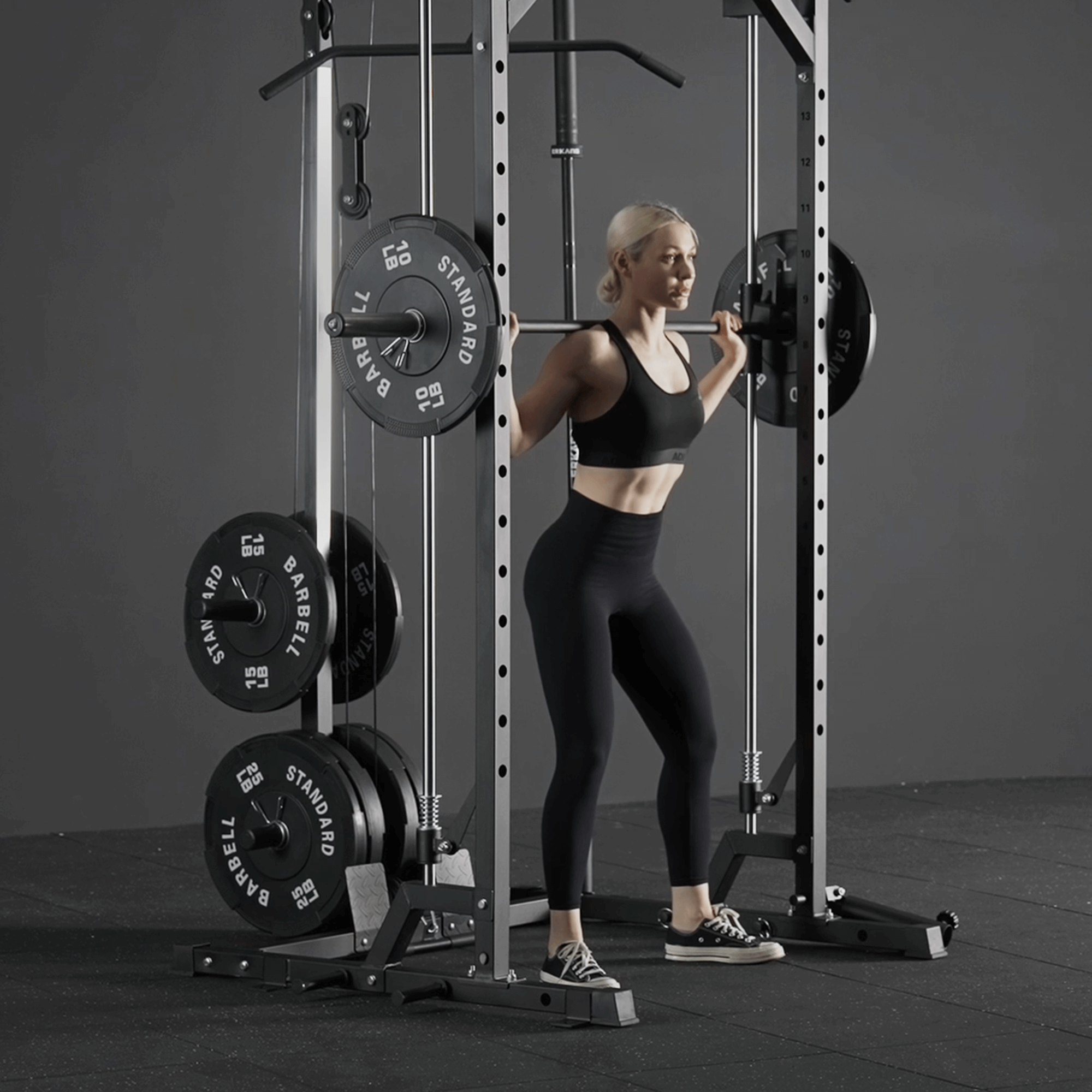





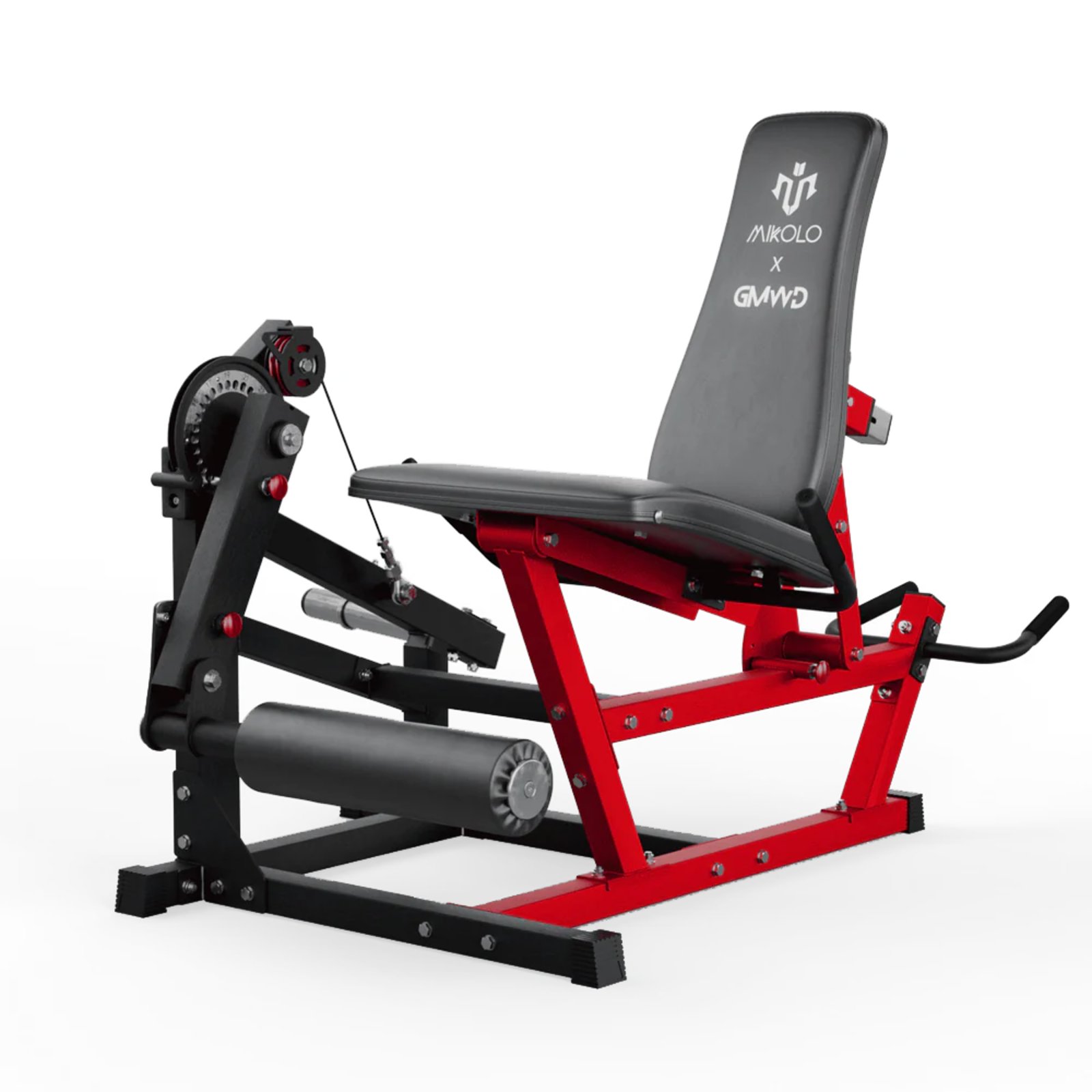
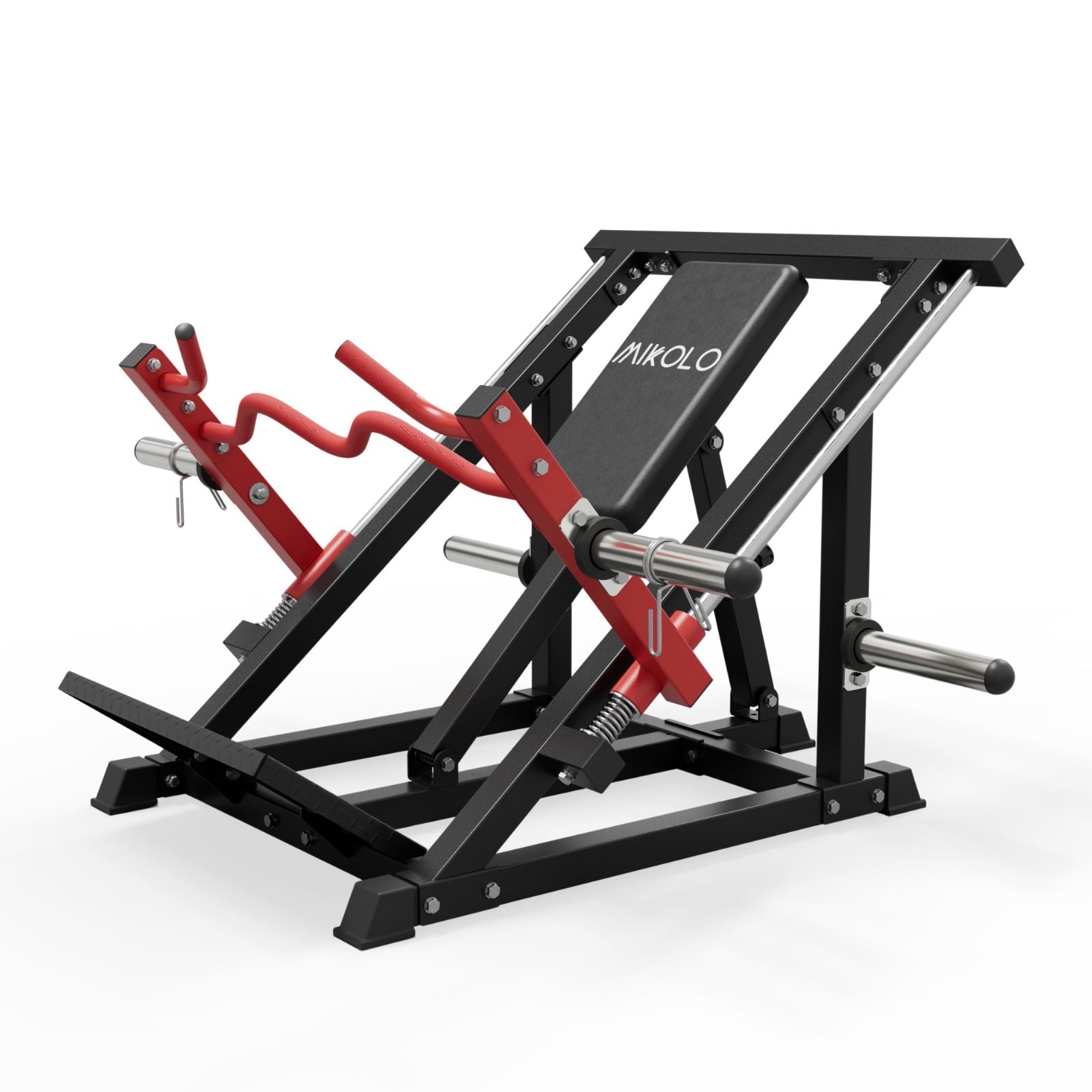
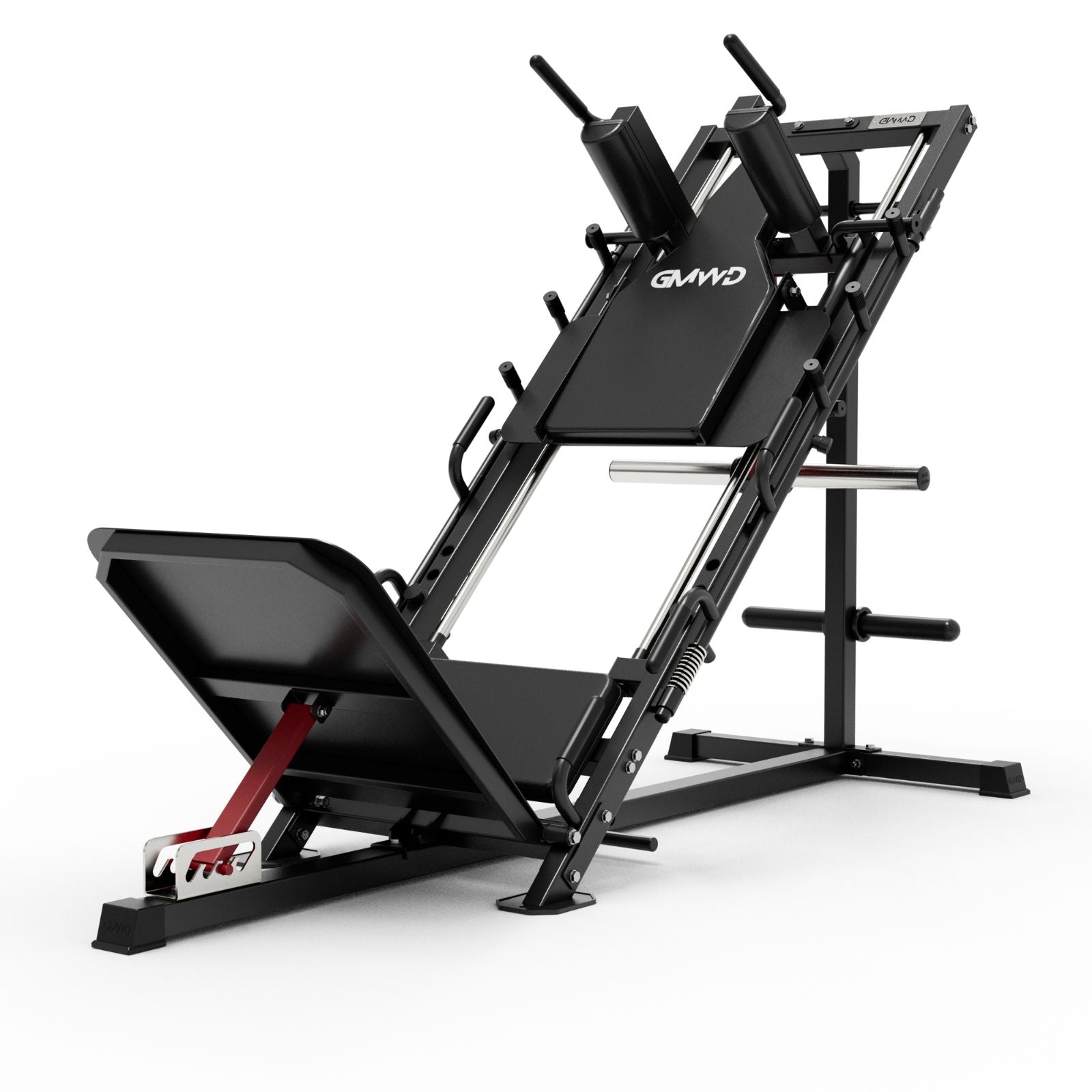
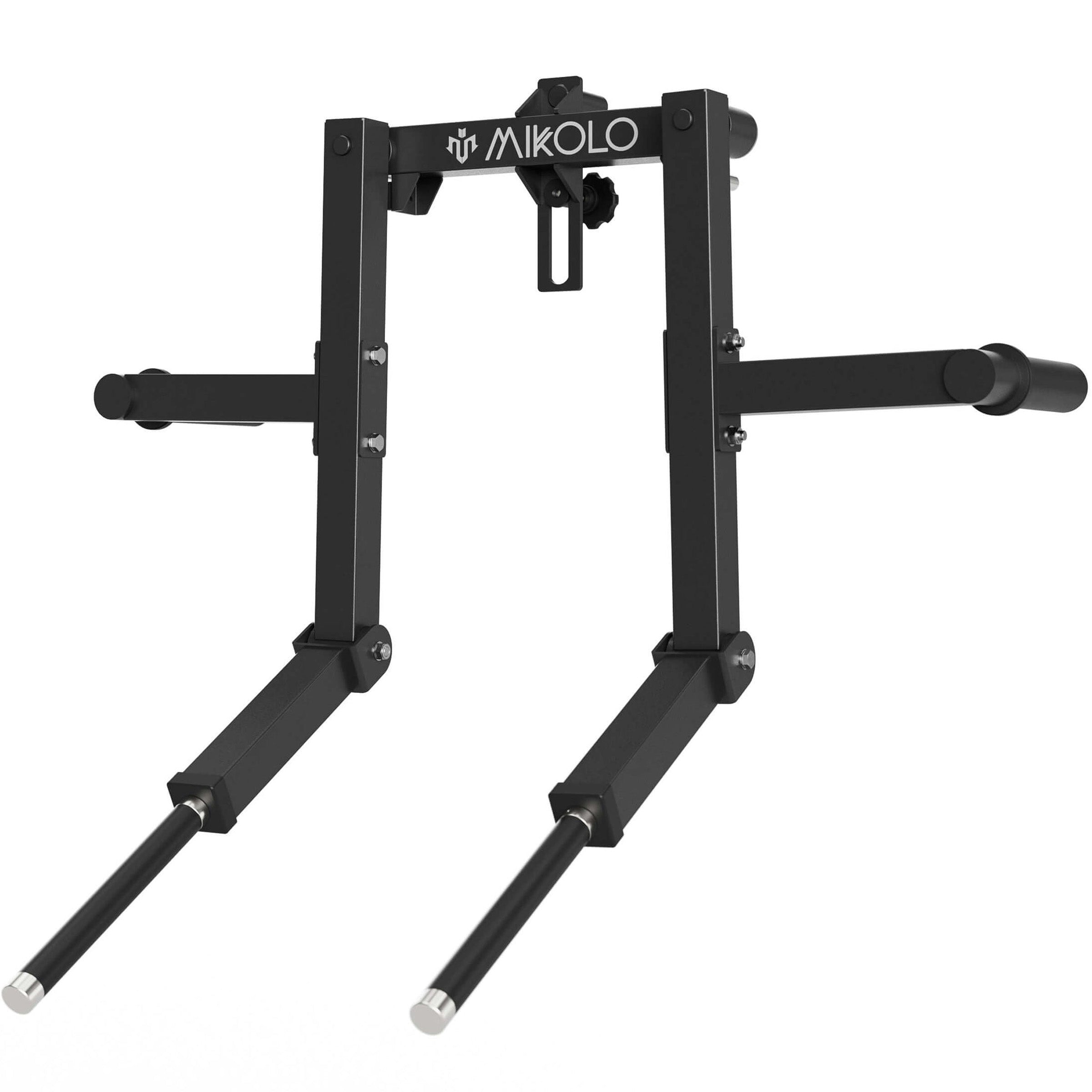
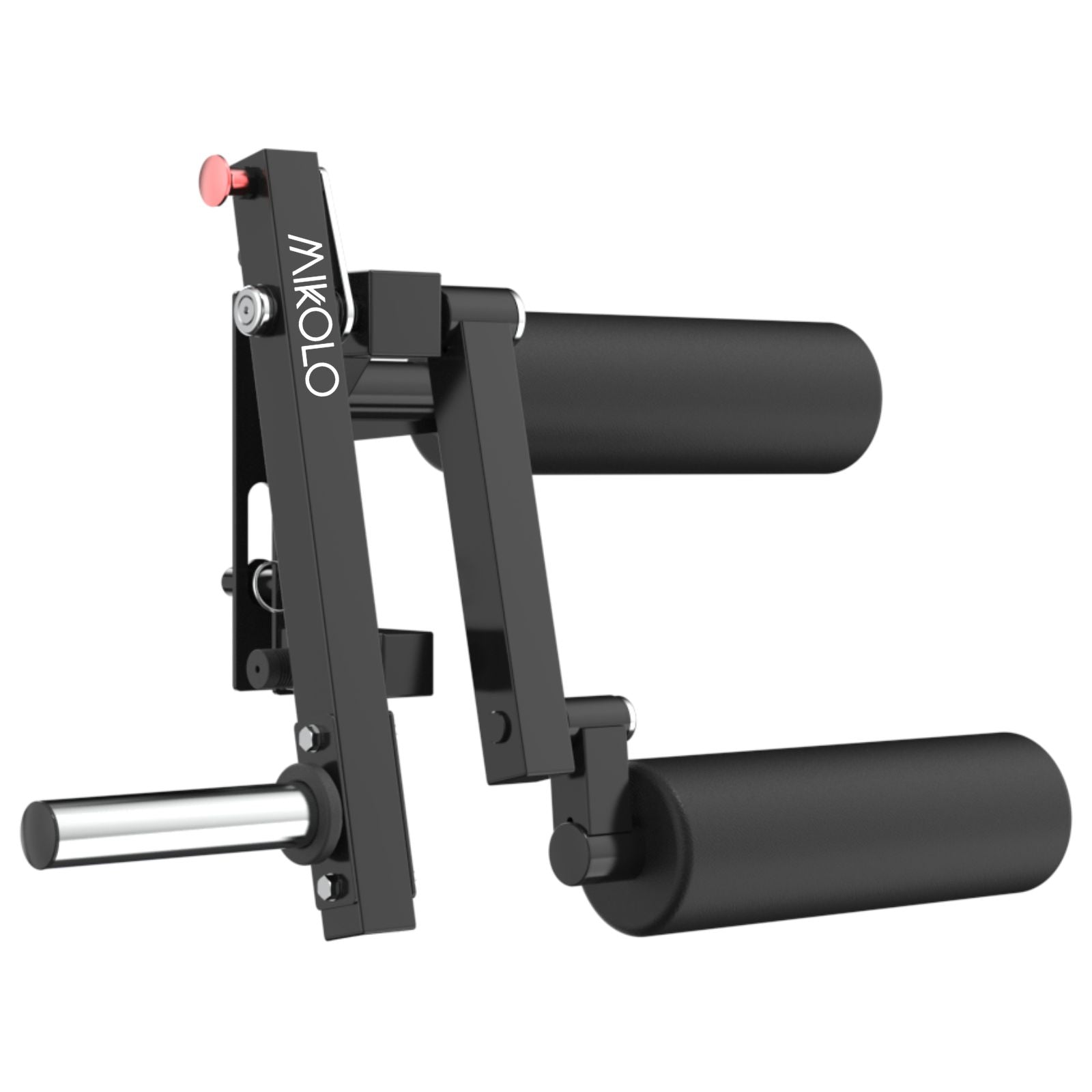



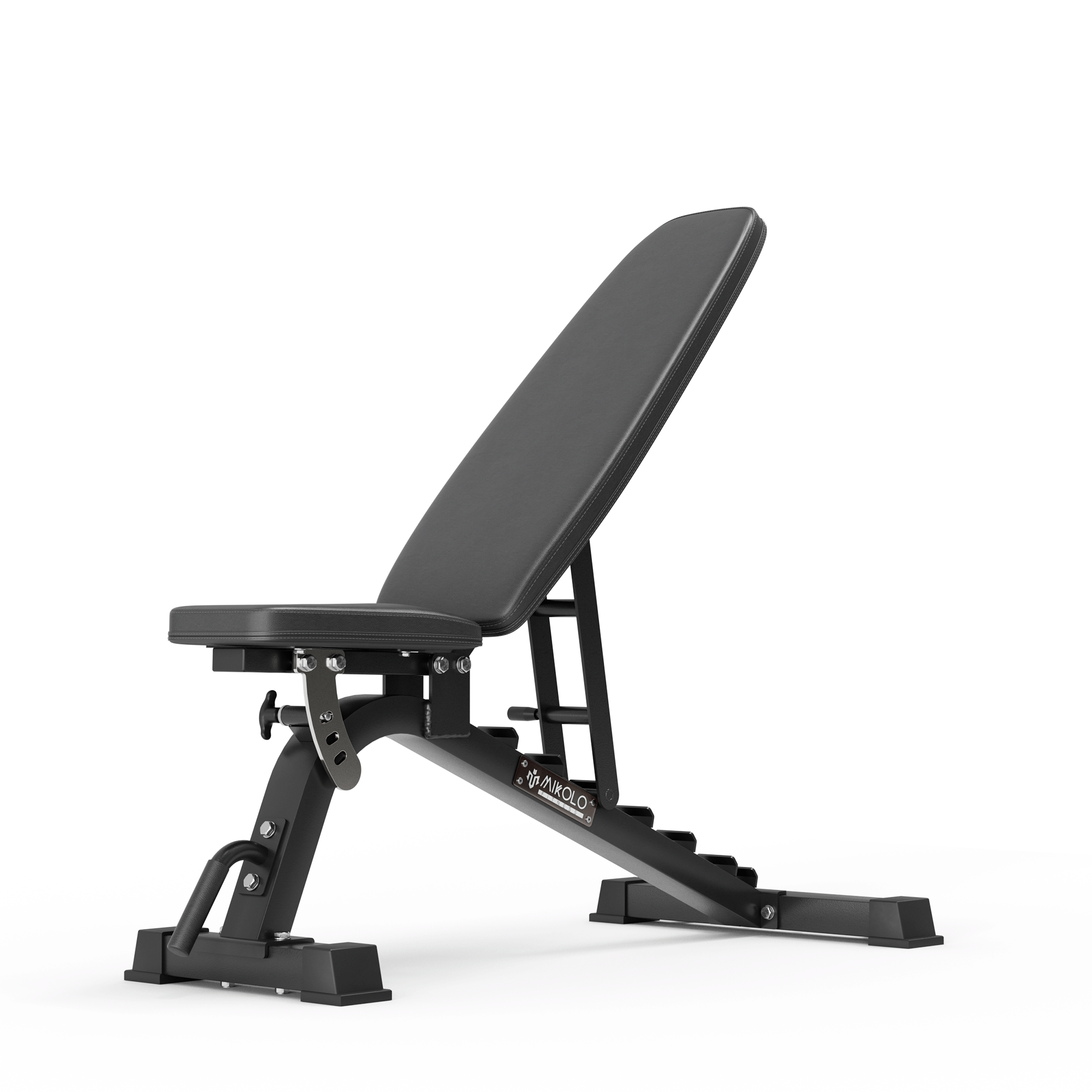











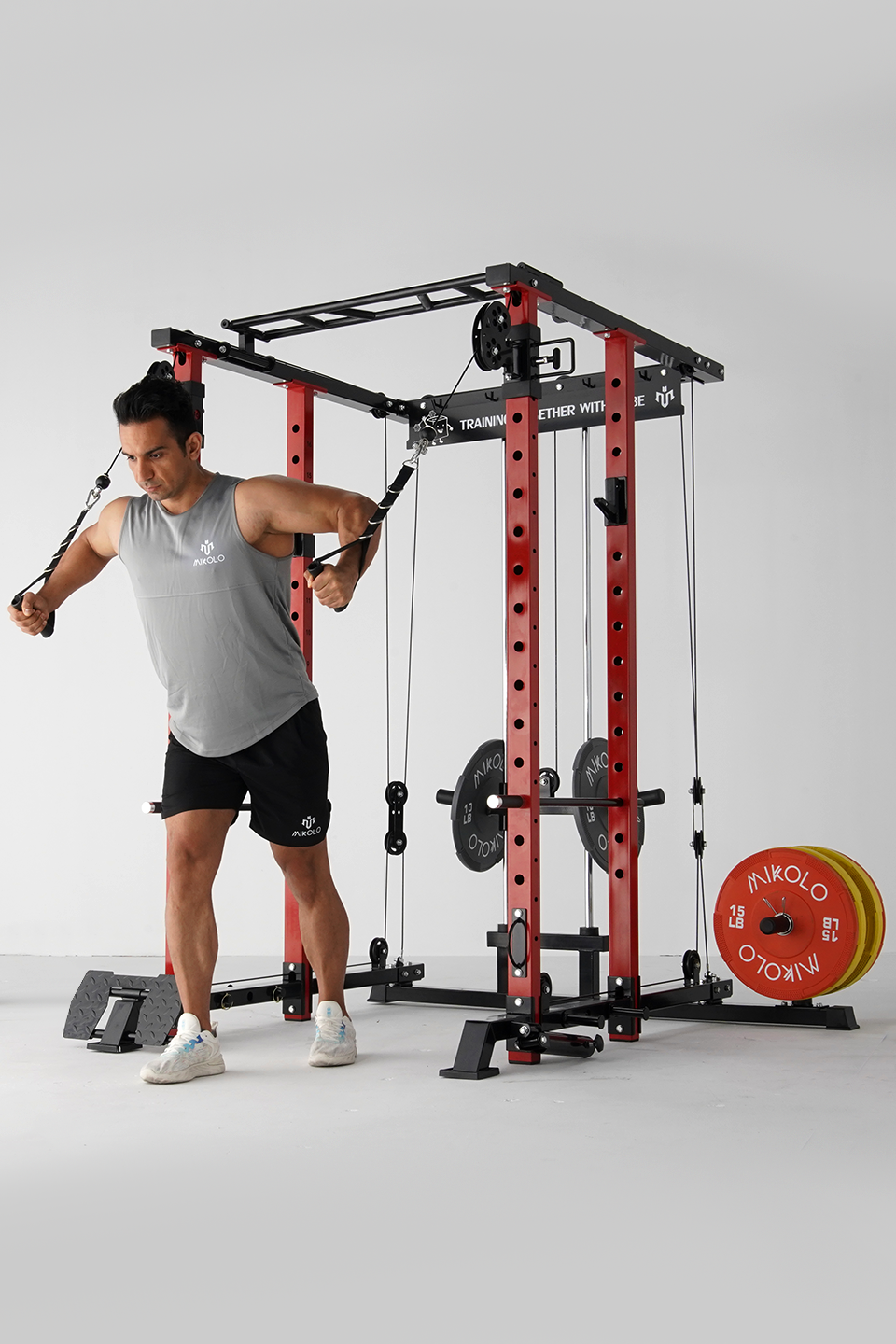



Leave a comment
This site is protected by hCaptcha and the hCaptcha Privacy Policy and Terms of Service apply.